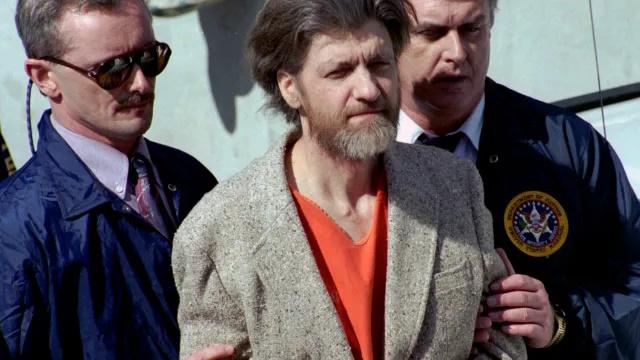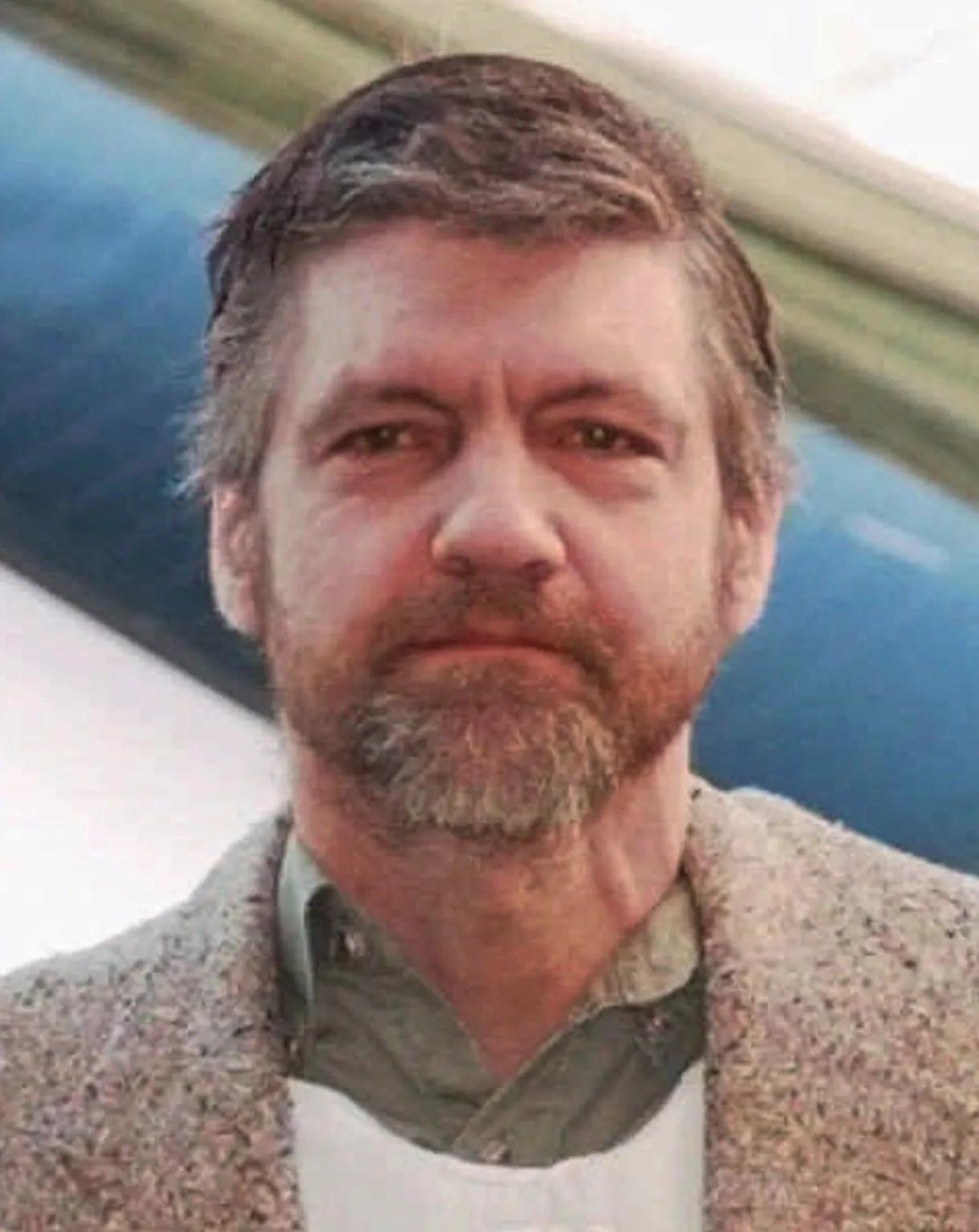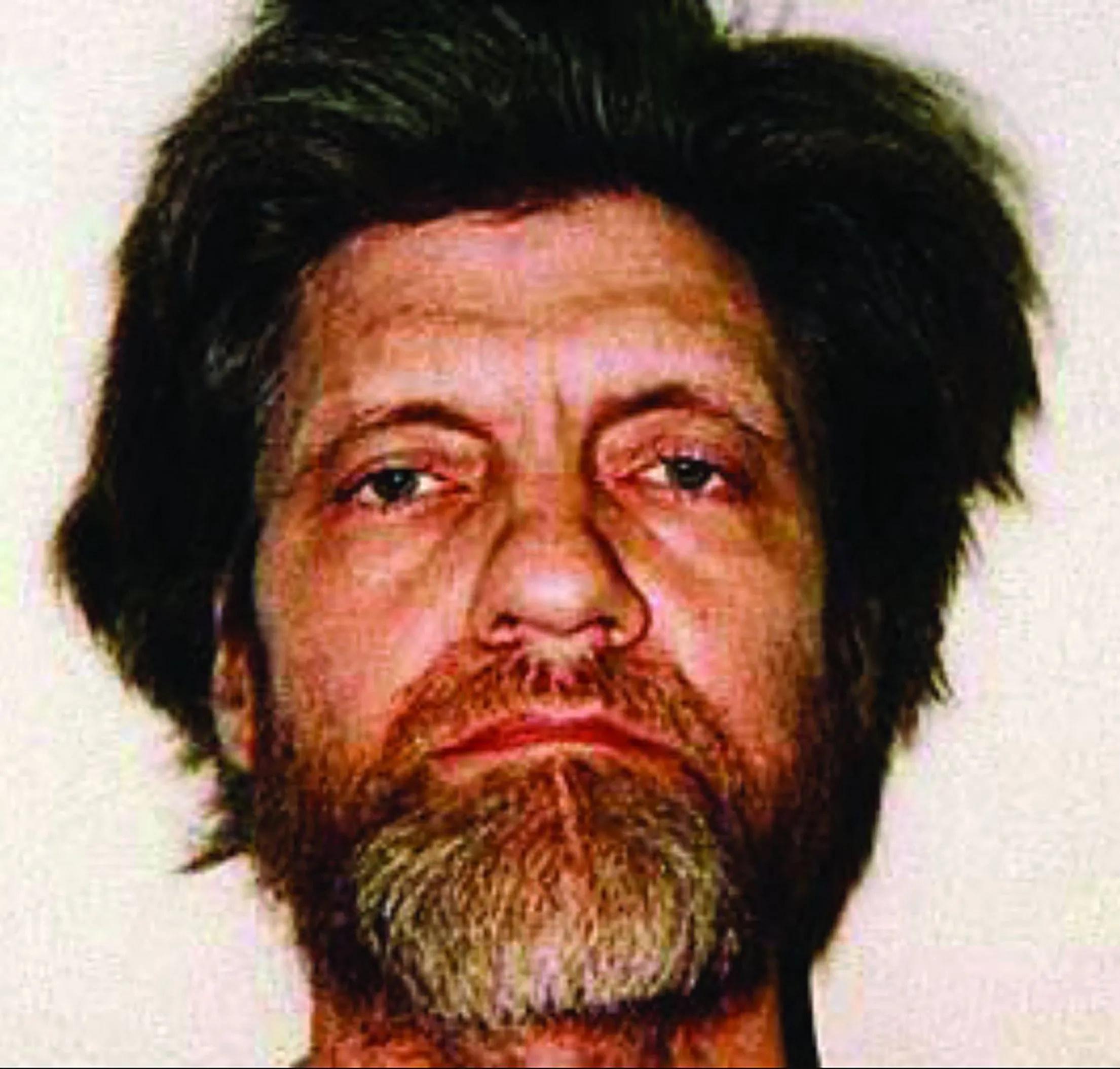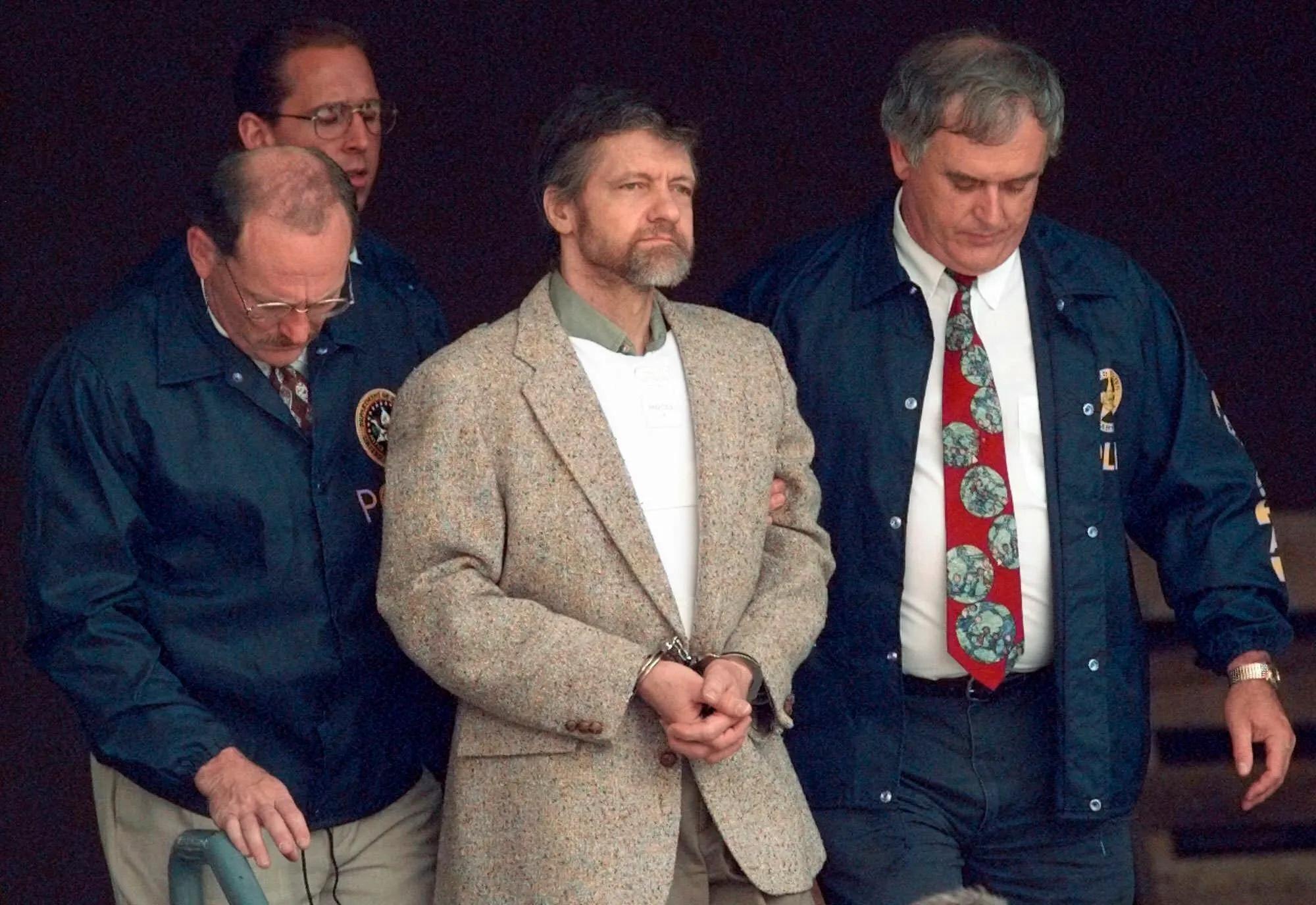Natalie Chalk
Unabomber Ted Kaczynski found dead in prison cell aged 81
In 1978 the Harvard University graduate began a 17-year spree of mysterious bombings that killed three and injured around 25 people

The American terrorist known as the Unabomber has died in prison at the age of 81.
Ted Kaczynski, carried out a 17-year spree of mysterious bombings that killed three people and baffled the FBI.
The former maths professor and “twisted genius” who sent many of the bombs while living in a primitive cabin with no running water in rural Montana, in the northwest of the US, was found dead on Saturday in his cell at a prison in North Carolina, a spokesperson for the federal Bureau of Prisons said.
The cause of death was not given.
The Harvard University graduate, a loner since childhood, targeted academics, scientists and computer store owners and even tried to blow up a commercial airliner in a one-man terror campaign from 1978 and 1995 against what he believed were the evils of modern technology.
For years, he frustrated police who, with no solid clues to the killer’s identity, dubbed his case UNABOM, for University and Airline Bombings.

A breakthrough came when Kaczynski released a rambling, 35,000-word manifesto entitled “Industrial Society and Its Future” that was published in the media in September, 1995.
Kaczynski’s younger brother, David, tipped off police that the author’s ideas sounded like those of Ted. Agents arrested the disheveled Unabomber at his cabin in April 1996.
After rejecting his lawyers’ attempts to have him plead insanity, Kaczynski pleaded guilty to all federal charges relating to the bombings in 1998 and a California court sentenced him to four life terms plus 30 years in prison.
Described by the FBI as “a twisted genius who aspires to be the perfect, anonymous killer,” Kaczynski was sent to ADX Florence, a “supermax” prison in Florence, Colorado.
He was transferred to the North Carolina facility in 2021, ABC reported.
Theodore John Kaczynski was born on May 22, 1942, in Chicago to working class Polish-American parents. He was a bright, quiet child who graduated from high school aged 15 and won a scholarship to Harvard University where he studied mathematics.

“He wasn’t exactly gregarious, but he was extremely articulate,” Dale Eickelman, Kaczynski’s friend in his early high school years, told the Daily Southtown newspaper in Chicago after Kaczynski’s arrest.
“I remember Ted was very good at chemistry … I remember Ted had the know-how of putting together things like batteries, wire leads, potassium nitrate and whatever, and creating explosions” at the age of 12 and 13, Mr Eickelman said.
While it is not known exactly what caused Kaczynski to channel his natural talent toward evil, his participation in an infamous science experiment at Harvard may have been one reason.
There, psychologists subjected volunteer students, including Kaczynski, to hours of extreme verbal and emotional abuse as part of an attempt to measure how people handled stress. The experiment, now regarded as unethical, lasted three years.
Others have cited a period in Kaczynski’s childhood when he spent long periods in isolation due to a severe outbreak of hives.

Kaczynski earned a doctoral degree in mathematics in 1967 at the University of Michigan before he got a job as an assistant mathematics professor at the University of California at Berkeley.
He resigned his post and moved to Montana in 1971 where he bought land and built himself a tar-paper cabin near Lincoln, a town of under 1,000 people in winter.
Kaczynski became upset by the destruction of the surrounding forests by development.
The cabin served as the main base for his homemade bombing campaign, which began in 1978 when he left a package for an engineering professor at Chicago’s Northwestern University. The package exploded, lightly wounding a police officer.
A graduate student at the college became the second victim when a small bomb went off in his hands, giving him superficial burns.
Kaczynski then took aim at a bigger target, placing a bomb in 1979 in the cargo hold of an American Airlines plane that gave off smoke during a domestic flight, forcing an emergency landing at Dulles International Airport near Washington.
That attack caught the attention of the FBI and agents would spend years trying to catch a bomber who left no clear demands and little forensic evidence.
A six-year period between 1987 and 1993 in which no bombs were sent further confused investigators.
In 1980, Kaczynski sent a package bomb that exploded and injured United Airlines President Percy Wood at his Illinois home.
His first fatal victim was computer store owner Hugh Scrutton, 38, who died when a bomb loaded with nails and splinters went off in the parking lot of his store in Sacramento, California in 1985.
As his bombs became more sophisticated, Kaczynski also killed New Jersey advertising executive Thomas Mosser, who had worked on improving the public image of oil major Exxon, with a mail bomb in 1994.
He then murdered Gilbert Brent Murray, head of a California timber industry lobbying group, with a mail bomb in 1995.
In all, the Unabomber set off 17 bombs, injuring around 25 people, some of whom lost vision, hearing or fingers.
Kaczynski triggered his own downfall in 1995 when he sent letters to media organisations demanding that they publish his 35,000-word essay about the perils of industrialisation.
“The Industrial Revolution and its consequences have been a disaster for the human race,” he wrote.
Kaczynski detailed how modernisation has destabilised society, subjected humans to indignities and “inflicted severe damage on the natural world”.
The FBI and then US Attorney General Janet Reno approved the publication of the manifesto in The Washington Post in the hope that someone would recognise it.
The move paid off when the bomber’s brother David, recognised phrases and topics in the essay and told police he believed it was written by Ted.
Additional reporting by Reuters and AP
